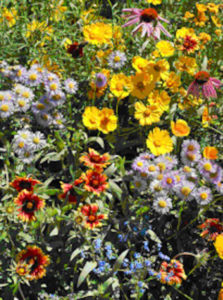
This is the third of a three-part series on how to live an environmentally responsible lifestyle. Entitled “How to live green,” it will help you make eco-friendly choices that are easy on your budget, as well as Mother Nature.
One of the most attractive benefits of living green is that it will save you money. That’s right – save cash as you save the earth. What could be better than that? Here are tips on how to live a greener life, without ruining all your fun.
Quit buying bottled water: Bottled water costs about $8 per gallon, compared to a gallon of tap water that costs a fraction of a penny. The plastic bottles are littering the streams, woods and landfills of our country. Get a reusable bottle and, well, reuse it!
Stop mowing and start growing: Our obsession with an acre of perfectly fertilized and manicured lawns is uniquely American. Why not take a portion of your lawn and plant flowers, or better yet, a garden. And then use a push mower to spruce up the rest of your yard. Then you can cancel your gym membership – think of all the calories you are burning.
Plant perennials: I love flowers, especially ones that bloom very early in the spring. What other products will reproduce year after year with no input from you? A landscaper once told me the first year you plant perennials they weep, the next year they creep and the third year they leap. We planted lots of perennials three years ago, and this is so true. Our patio is a burst of color. Plus, I’ve saved bundles since I don’t have to buy annuals every year.
Fill it first: Never run your dishwasher or washing machine unless you have a full load. This is a small change that requires no investment on your part, but can save you water and energy costs.
Close the loop: We recycle everything we can, and conversely, we look for recycled products to purchase. Our patio furniture, which looks just like traditional Adirondack chairs, is made from recycled milk jugs. I can’t prove it, but I like to think our favorite breakfast drink has contributed to our outdoor seating.
Use people power: Pull a wagon, push a wheelbarrow, grab a rake, pick up a shovel, use the broom. Avoid the easy, automated way to do every chore around the house. It’s better for you, better for your wallet and better for the environment.
Take a hike: Looking for family fun? Go for a walk. Swim at the beach. Pack a picnic. Ride your bike. Set up the tent. Watch the birds. Check out the moon. Enjoy the outdoors. It’s good for you, and it’s free.
Re-purpose something: I know, I know, it’s the latest buzzword, but I think it’s fun. Got an old retro lunchbox? Carry it as a purse. Those jeans with rips in the knees? Cut them off for cool shorts. 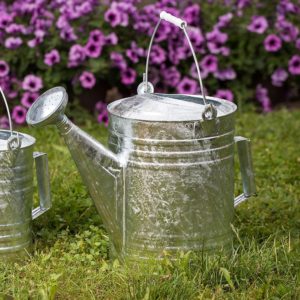 That watering can that leaks? Turn it into a planter. That stack of coffee cans that you planning to recycle? Store your nails, screws, buttons or pencils in them. Think of it as your chance to be creative. And cheap.
That watering can that leaks? Turn it into a planter. That stack of coffee cans that you planning to recycle? Store your nails, screws, buttons or pencils in them. Think of it as your chance to be creative. And cheap.
Plant a tree: One of the oldest and simplest “save the Earth” tricks in the book. Over the years, my father Jay Lehman (founder of Lehman’s) has planted thousands of trees. Some are large, and some are just seedlings. He considers this part of the legacy he leaves for his grandchildren.
Pay your bills and do your banking online: You’ll save time, paper and a stamp. Some companies are actually starting to charge extra for paper mail.

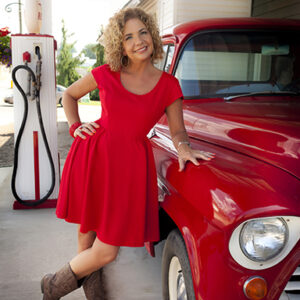
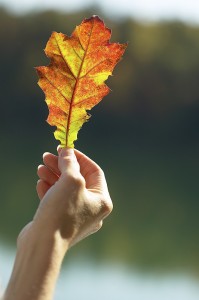
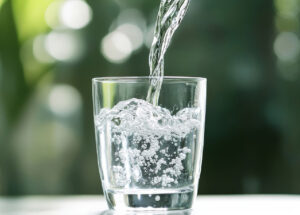





























Thank you for your series Glenda. I’ve enjoyed it.
I would like to encourage everyone, as a part of the process/lifestyle you’ve described, to visit freecyle.org and seriously consider participating. The only investment involved is . . . well, actually doing it. My wife and I have “freecycled” everything from golf clubs, crutches (not much difference the way I play) and children’s toys to major appliances. It works!
One pound of recycled milk jugs saves enough energy to power a laptop computer for a month. I also agree with Wade, freecycle is awesome. I use it in Lawrence, KS where it is very popular. Tonight at 1:30 am someone posted a bunch of stuff sitting on a curb. I was back at my house by 2 am with a carload of two ceiling fans, a telescope, two outdoor reclining chairs, a whole bunch of toys for my nieces and nephews, and a few items I plan on putting on ebay or in a yard sale. We just bought a house and every penny helps!
Long before recycling was popular my husband and I were recycling. Thirty years ago with children , $5000. a year income and a run out farmstead recycling became a way of survival !
Our furniture was family cast offs. Our horse drawn farm equipment came from the dump and other folks lawn ornaments. My husband cut down harnesses from big work horses and remade them to fit our smaller work pony. All his hand tools were discards from family or friends.
Those first years our fire wood came from wood washed up on the sea shore and later from cutting on shares with someone who had a wood lot.
The land was brought back into production using seaweed , fish meal , manure and compost which was all free.
Even our clothes were others cast offs. The only thing we bought new was under garments , shoes and boots. Other wise our meager income went for taxes, house payments, gas and power and a few staples we couldn’t grow at first such as oats, flour, oil, washing powder, soap ,shampoo , animal feed and fencing.
Food came from the garden and chickens and goats. We were 19th century pioneers in the 20th, century ! For us this was how we wanted to live but also a necessity. I had four children when Bill and I married. We had a ready made family of six and no home or money when we married. Recycling everything was very necessary to our survival.
Looking back after thirty years of recyling and reinventing things we need , neither of us would have had it any other way. We still can’t stand throwing anything away that can be used for something.
Almost everything is good for something to someone. Recycle, save money and save the earth!